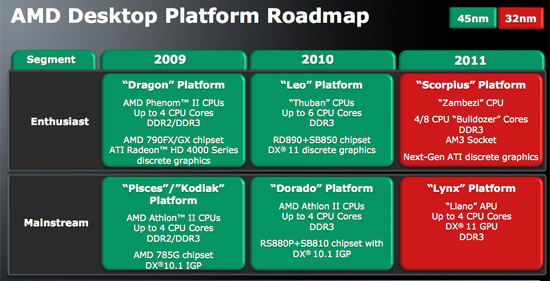If I read the small print correctly, AMD isn't even banking on improved IPC.
http://www.anandtech.com/Gallery/Album/754#6
To me that reads like: "Okay, there will be a loss on serial single-threaded workloads, but we managed to keep this loss under control, so it's not going to be significant."
So the approach seems to favour parallel workloads, more cores per die, less transistors per core... that sort of thing. But not better IPC.
This is where reading the small print and drawing conclusions vs. asking the question will get you in trouble.
The comparison is NOT against previous generation. The comparison is two threads running on one module vs. 2 threads running on two complete dedicated cores.
Very minor impact in overall performance per thread, huge impact in power savings and die level savings (cost).
I have said it several times. IPC WILL BE HIGHER.



